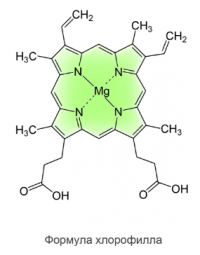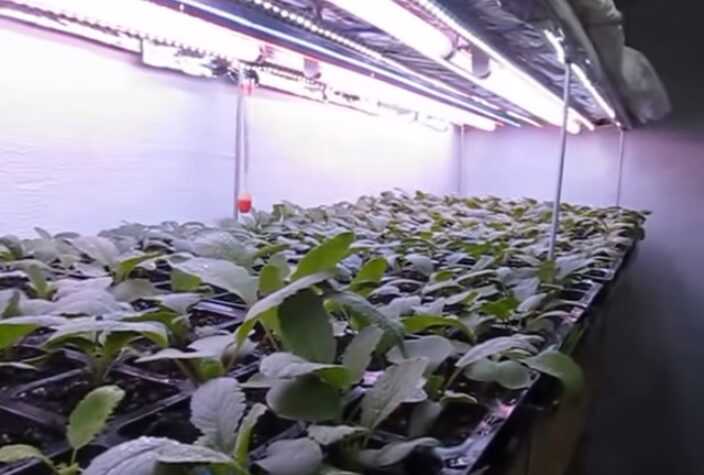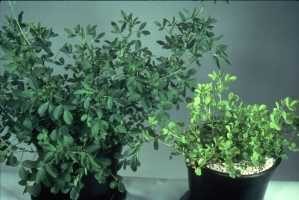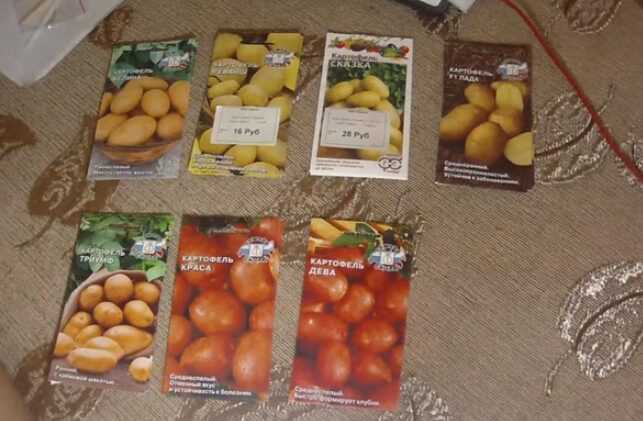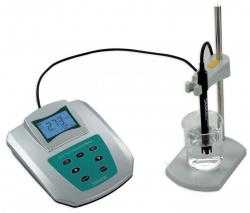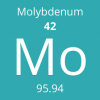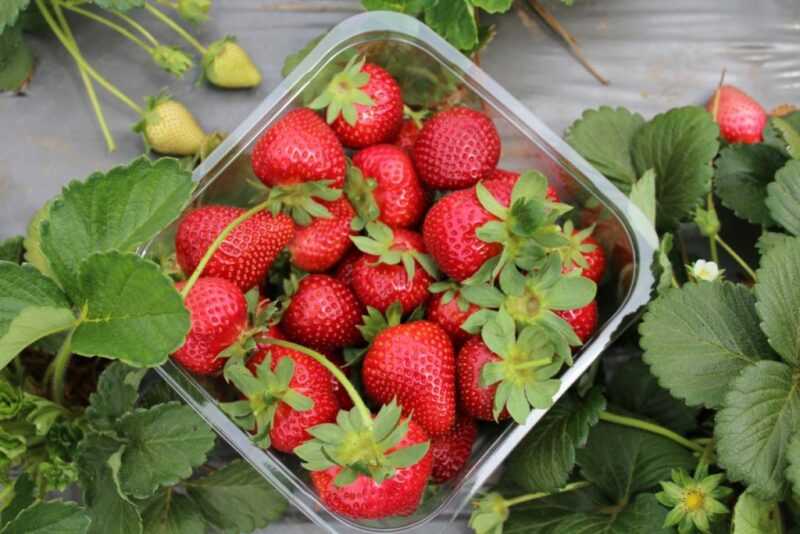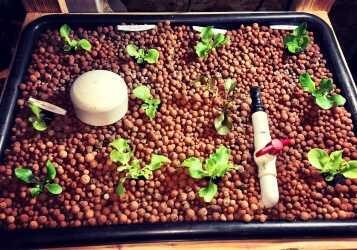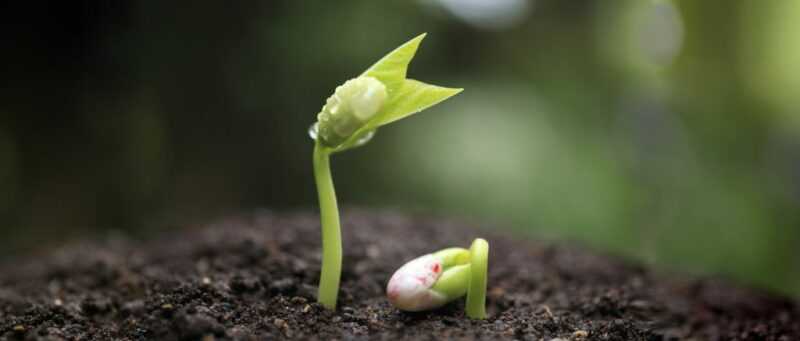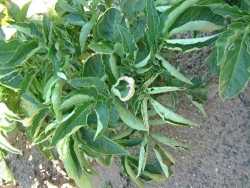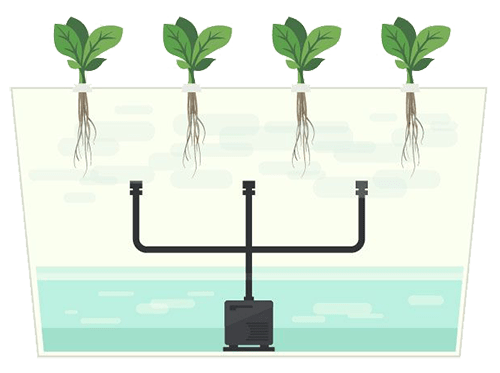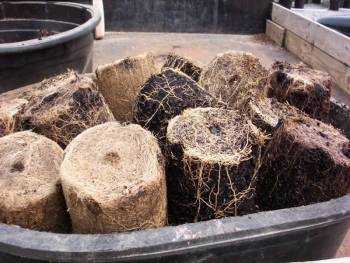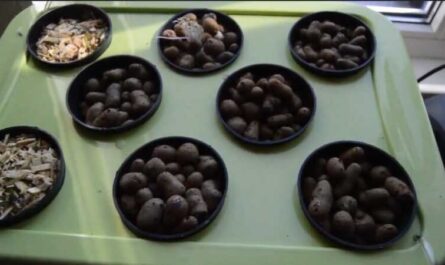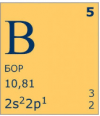The TDS meter is factory calibrated and ready to use right away. However, after prolonged use, the readings of such a device may change significantly. This is especially noticeable for cheap portable TDS meters.
Which calibration solution to choose
When choosing a calibration solution, first of all, you should read the instructions for your device. Most portable TDS meters do not have the ability to calibrate, and the only solution for inaccurate readings is to replace the meter with a new one.
Standard calibration solutions are used for calibration. These solutions are labeled with conductivity (EC) values in mS / cm and corresponding ppm values at various temperatures. Examples of calibration solutions:
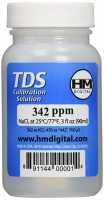

If you do not know which solution is required for your device, we recommend opting for 1000 ppm – This is the most optimal calibration option when working with hydroponic solutions.
How to calibrate a TDS meter

Step 2: Record the TDS value of the solution with the instrument and compare with the reference values.
Step 3: If the readings differ by more than 2%, adjust the instrument following its instructions (usually using a mini screwdriver inserting its small hole on the back of the instrument).
- Slowly and carefully turn the adjusting screw clockwise to increase the reading and counterclockwise to decrease the reading.
- Make sure the screwdriver fits evenly into the screw groove.
- Try to keep the instrument upright in the solution.
Step 4: After the meter readings are within 2%, the calibration is stopped.
Step 5: Remove the device from the solution. Shake it to remove water droplets that can adhere to the electrodes, creating air gaps.
Step 6: Turn off the device, wait a minute and turn it back on.
Step 7: Insert the TDS meter into the solution and check the reading. If the reading is still accurate, the calibration is complete. If not, repeat the procedure.
How to make a calibration solution
You can make your own calibration solution for a portable TDS meter. Such a solution will not give you 100% accuracy of readings, but we do not need ultra-high accuracy to estimate the amount of salts in an irrigation solution.
To prepare the calibration solution, we need:
- sodium chloride (kitchen salt) – 1 gram
- distilled water – 1 liter
- measuring cup 1 liter
- accurate scales for light weight (for example, jewelry).
Weigh 1 gram of DRY salt and dissolve it in 1 liter of distilled water. The calibration solution is ready and reads as follows: 2 mS / cm, or:
- 1000 ppm – for devices with a factor of 0,5
- 1280 ppm – for devices with a factor of 0,64
- 1400 ppm – for devices with a factor of 0,7
See Conversion Table for EC, TDS (mS / cm, ppm).






